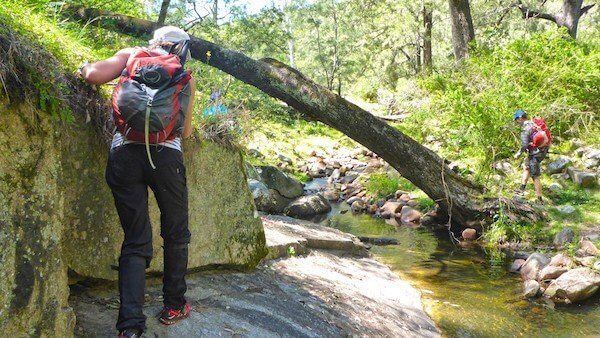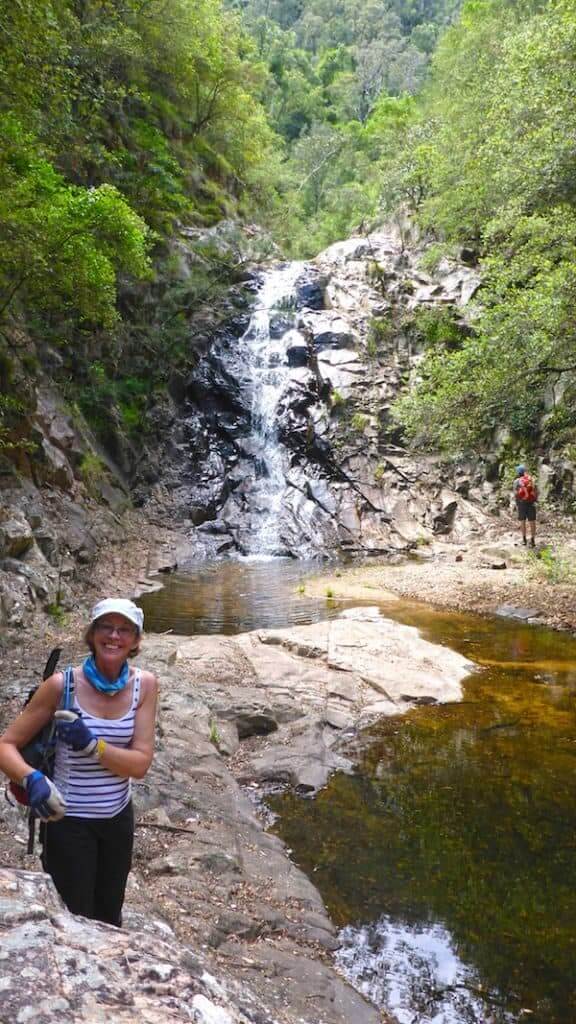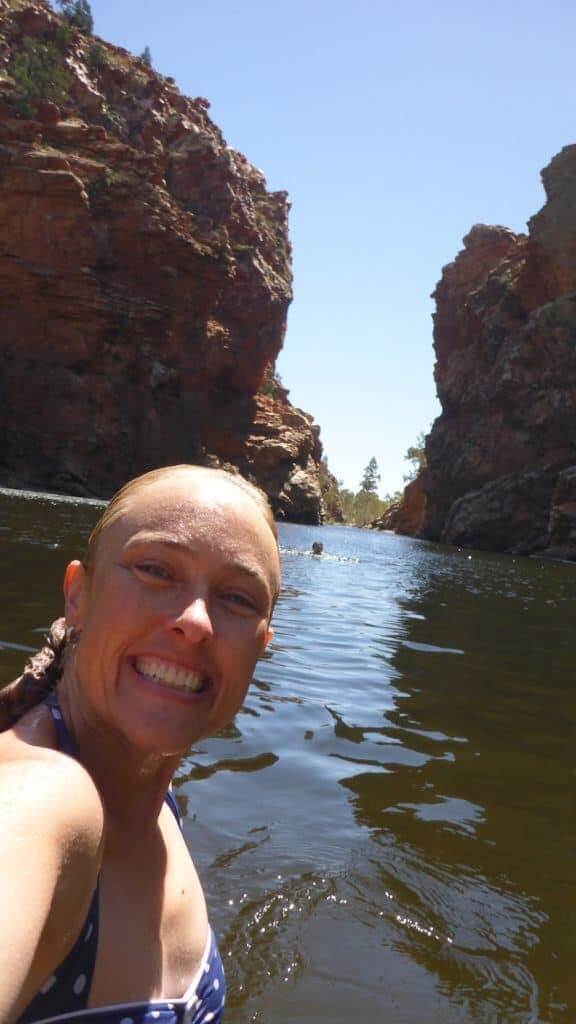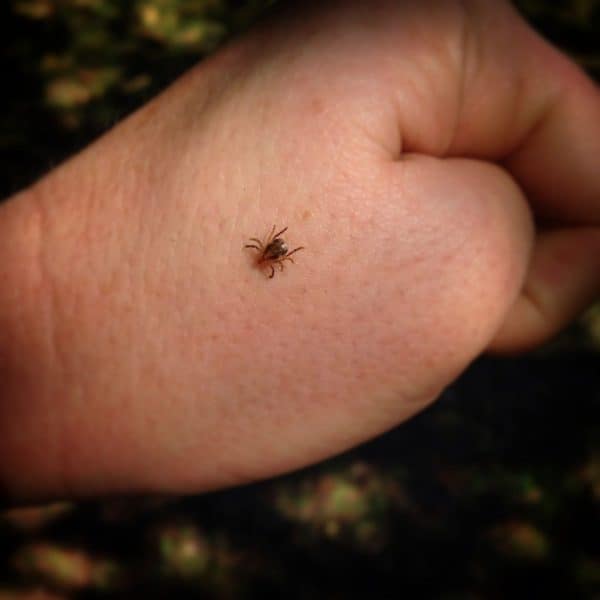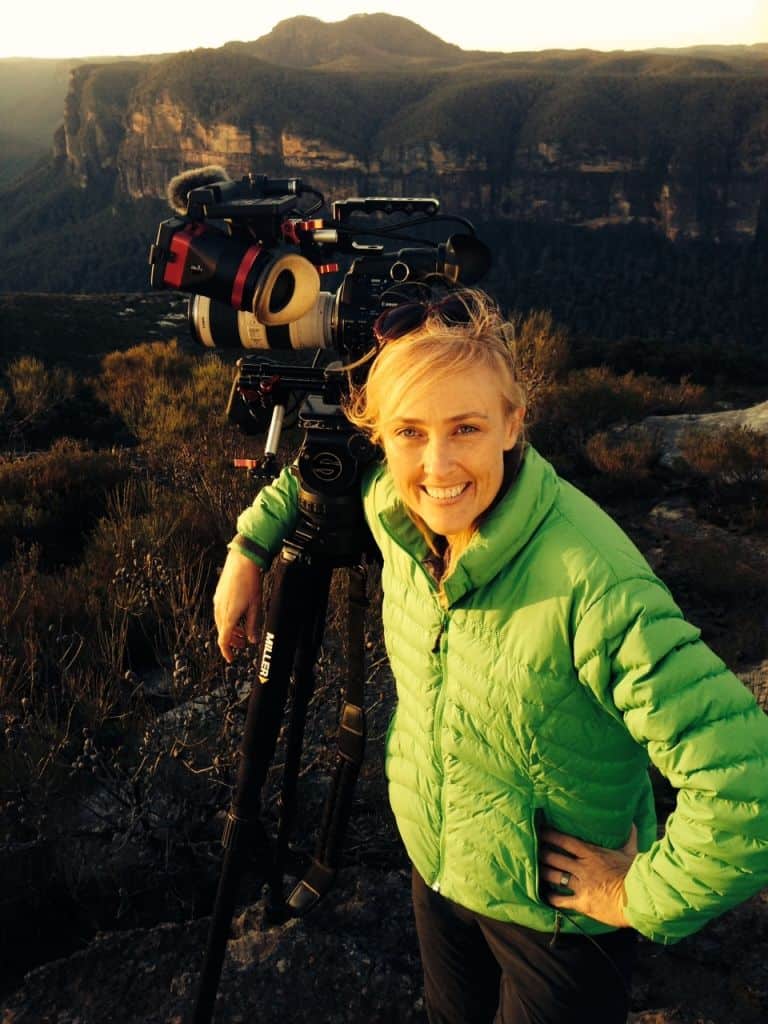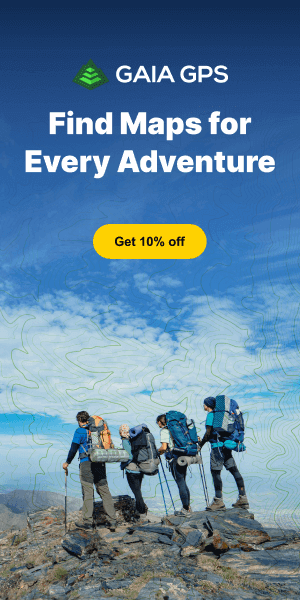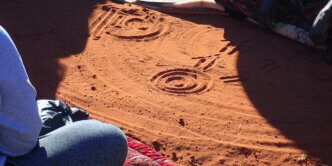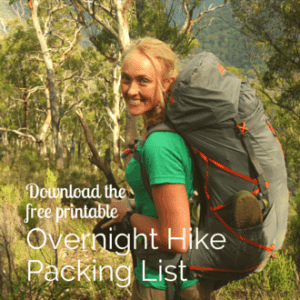I get it.
It’s summer, you’re on holidays and you’ve finally got the time to go out on your bucket list bushwalking adventure.
We may even feel it’s our right to reward ourselves at this time of year by throwing on our backpack, stepping away from urban life and embracing an adventure that we’ve possibly spent months planning for and working towards.
Athletes Battling Extreme Heat
In recent years, you would have heard about the issues that the players (and organisers) are having in with professional sporting matches. Here’s just one example:
“Gael Monfils is one of the most athletic and fit players in men’s tennis, but in the closing moments of his second-round match against Novak Djokovic, the Frenchman was staggering around between points at Rod Laver Arena like a punch-drunk boxer. ‘I got super dizzy,’ said Monfils, who told the chair official to forget the new rule that requires players to serve within 25 seconds between points. ‘I think I had a small heat stroke for 40 minutes.’ [Jerry Bembry, ESPN]
And it’s not only the tennis, Cricket has also been in the (rather hot) spotlight during the recent Ashes Test. Temps over 50C were recorded at the SCG and we saw powerful images of sportspeople on their knees, under full sun, trying to refresh themselves.
When Cricket Australia were questioned by the ABC, they responded, saying: “A common sense approach is taken on the day with the match officials. We obviously have various components affordable at the top level (misting fans, ice jackets, drinks, et cetera)… and the umpires added in extra drink breaks and teams then used their own solutions as well.“
That’s all well and good for elite athletes, where expert medical help or an ice bath are only a run across the pitch away. However, for those of us who love exerting ourselves in wild and natural places, where access to enough drinking water is often a challenge and medical help is often hours (or days) away, the levels of risk and their implications to life are massive.
It’ll never happen to me
As Australians, I think we are secretly proud of our dangerous creatures and environment that can kill you. With a laugh and a touch of bravado – almost a badge of honour – it’s part of our charm, right? Along with our infamous, ‘Aussie larrikin spirit’, there’s a strong belief in, ‘it’ll never happen to me’. Sadly, when it comes to people dying from heat-related illness, it does happen all too often… and it doesn’t have to.
I’ll never forget being involved in the search for David Iredale, an awesome 17 year old student on a 3 day hike with mates in my backyard, Mt Solitary in the Blue Mountains. I thoroughly recommend reading the report from the Coroner’s Inquest, as it has many lessons to teach all of us and those who we take on adventures. I share his story with kids on Duke of Edinburgh hikes that I lead, as we sit by the logbook that David signed on the Eastern tip of the mountain.
When is it too hot for hiking?
When making any decision about hiking, whether it be, “Can I trust my navigation skills?” or “Am I carrying enough food?” or even, “Do I trust that this rock overhang will hold my weight whilst I get my Insta-selfie?”, it’s all to do with risk assessments. Those often split second Q&A’s that go through in our mind (well, hopefully they do) that help us answer the following questions:
- What is the risk involved?
- How likely is it to happen?
- What are the consequences of that risk?
After you’ve asked those questions, then it’s about working out ways to minimise the risk or lower the likelihood of something bad happening, so that you are comfortable with the amount of risk that remains.
If you lead walks for organisations like Scouts or Duke of Ed, you’ll be used to these questions and probably have to prepare a document before you head out to help you check you’ve covered everything.
Bushwalkers are athletes
But what we as bushwalkers and hikers (insert your preferred term here) often fail to see, is that we are athletes too. We expect big things of our bodies, especially if we only ask it occasionally, such as during a summer holiday.
It can come as a surprise to some that the peak season for bushwalking in Australia is actually winter and the cooler months, especially for epic multi-day trips. It’s the time of year when having good quality gear, it’s possible to add another layer, another log to the campfire and snuggle down inside a good quality sleeping bag to keep warm. In summer, you’re more likely to find experienced bushwalkers going canyoning, kayaking or paddling and sticking to water-based adventures.
If you’re trying to cool down in summer, there’s only so much you can do, especially if you’re not near a water source and once your body starts to overheat, you become open to the risks of heat related illness and hyperthermia. It’s not just about dehydration and being a bit thirsty. You actually start to cook your organs.
It’s not a pretty thought, but a poignant one.
Factors affecting hiking in the heat
Here’s some questions to ask yourself when trying to figure out if it’s too hot to go bushwalking:
- What’s the forecast?
- What’s the humidity?
- Is there a breeze forecast?
- Do I have access to drinking water and can I treat it?
- What’s the weather trends in the days leading up to, and after my planned trip?
- Will I be walking in full sun / partial sun/shade?
- How difficult is the walk? (distance, ascent/descent, terrain)
- Is the trip a good match for my existing fitness and experience?
- Am I in good health to start with? (bit dehydrated? hungover? been ill lately?)
- Will I be walking beside water sources or have good access to drinking water, in excess of what I can carry?
- Have I checked river levels or recent rains for the area?
- Have I checked local knowledge? Asked on forums if someone’s been through recently and seen the availability of water?
- Am I carrying a way to treat water I may find on the way? (creeks, rivers, etc)
- What is the bushfire rating and/or weather?
- Is it really a good idea to go for a bushwalk when there is a Very High fire danger or above?
- Is there a total fire ban?
- What are National Parks or the Land Managers saying about the conditions?
- Are there exit points or places I can pull out of the walk if it all gets too much or in case of bushfire?
And importantly,
- Am I going to enjoy the experience of walking in these conditions?
Probably not.
When planning that great day out, we’ll have an Instagram worthy picture in our minds of what we hope to feel like when we get to the top of that mountain. Sun on our face, contented smile of achievement on our lips and that quiet moment of ‘ah’, as we gaze out to the horizon.
Unfortunately, the reality of heading out on an extreme day, is that you’re more likely to be completely exhausted, feeling crap, possibly have a headache and nausea, be sweating like a Bikram class gone bad and be wishing you were at home in front of Netflix, with a coldie, simply planning your next adventure for a cooler day.
It’s just not worth it. Why work so hard for such a crap experience?
What is Wet Bulb Index?
We’re all familiar tapping our fave weather app for information on the min and max temps forecast and possibly glancing at the humidity, but there’s another really interesting measure of how our bodies respond whilst exercising in heat and it’s called the Wet Bulb Index.
The Aussie BOM (Bureau of Meteorology) also have a measure called the Thermal Comfort Observations. These compare a number of different measures and can provide you information to help make a better informed decision.
So, what’s the limit then? What’s the cutoff?
If you came looking for a figure or a bench-mark, I’m sorry, you won’t find that here. Rather than give you a Nanny-State number, I’ve given you some tools, resources and ideas to help you make the right decision for you. Sure, I have a number that I’m generally happy with, that is based upon my tolerance for risk, but I’m not you. You need to make good, wise and practical decisions based on your circumstances.
And as with any level of risk, if in doubt… don’t. It’s just not worth it.
Resources for Hiking in the Heat
Bureau of Meteology – Thermal Stress Info
Sports Medicine Australia – Exercising in Hot Weather
ABC News – Why using a blanket cutoff temp isn’t as easy as it looks
NSW Health Dept – Heat Related Illness – Signs, Symptoms and Treatment
Sunsmart (Vic Cancer Council & Vic Gov) resources for sports clubs
Sports Medicine Australia – Hot Weather Guidelines PDF
Beat the Heat – Australian Government PDF

